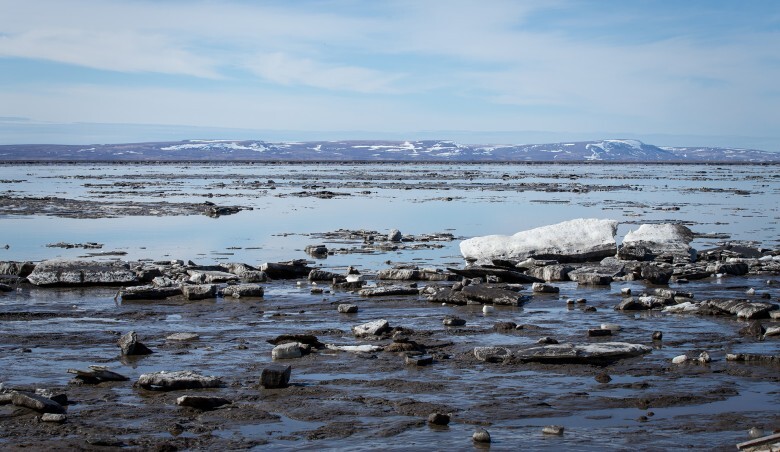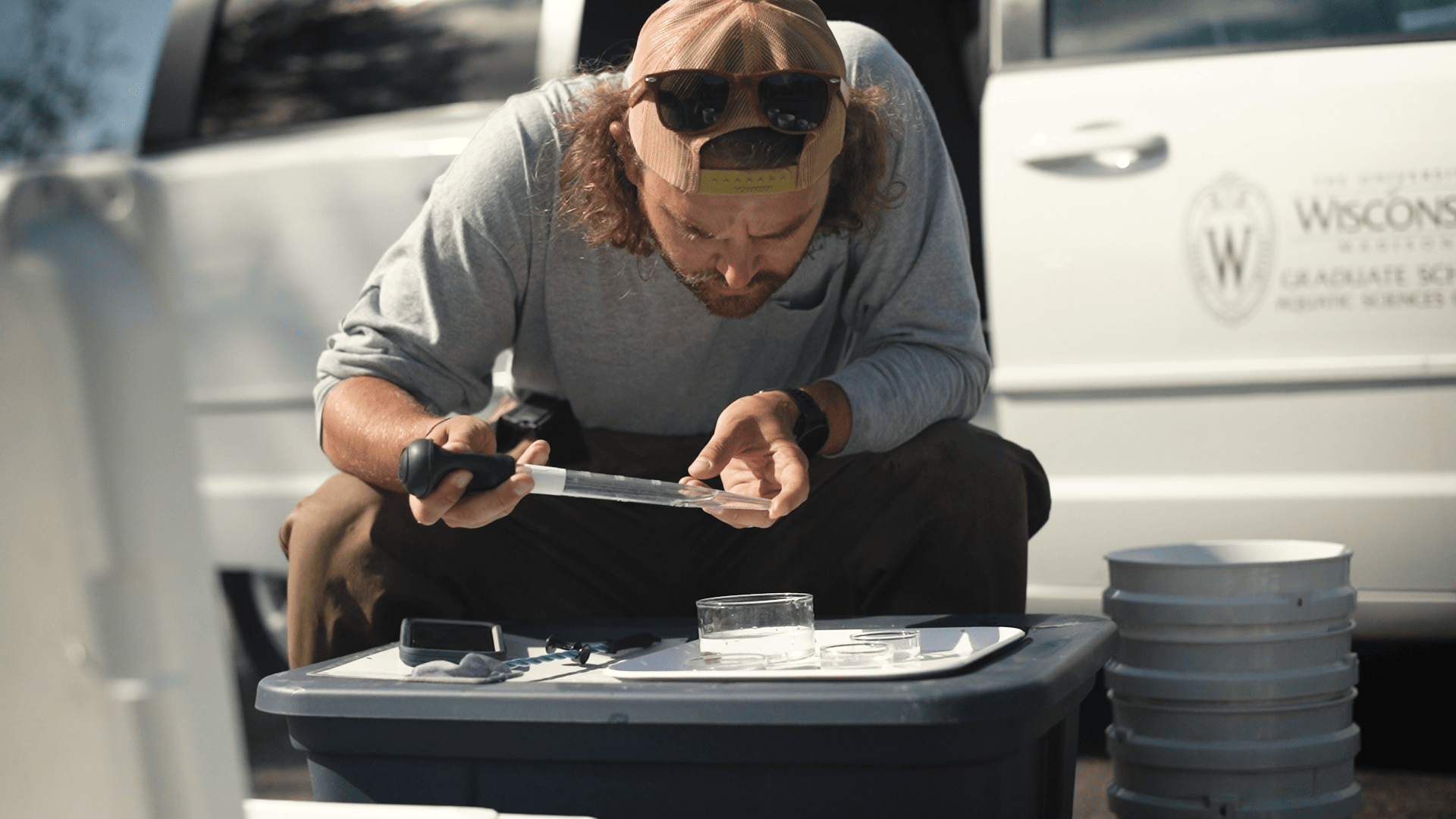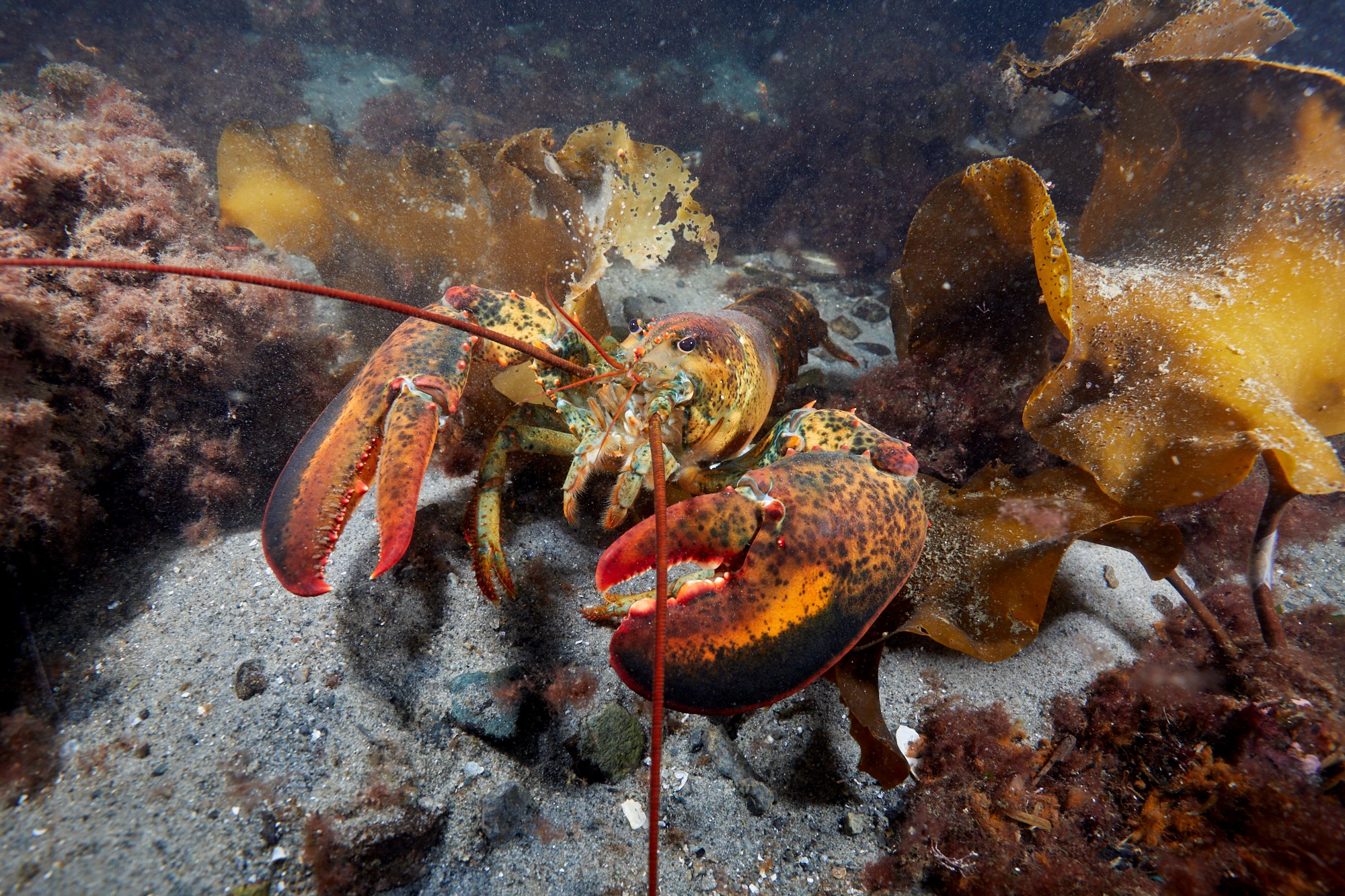Tuesday, September 19th, 2013 NOAA Central Library Brownbag Seminar Series
September 19th, 2013 Knauss Lecture Series Announcement
A Fish Tale: Comparison of the Gut Microbiome of 12 Fish and 3 Shark Species given by Carrie Givens
The fish gut contains a significant bacterial population that can influence fishhealth and physiology. Elevated concentrations of certain bacteria when compared to the composition of the microbial assemblage in the surrounding water suggest that the fish gut provides a unique niche for a select, but diverse, group of bacteria. We used 454-pyrosequencing to survey the 16S rRNA ribotypes in the gut microbiomes of 12 finfish and 3 shark species, selected to encompass a wide range of lifestyles. Each species had a core gut microbiome; however, no individual ribotype was present among all species suggesting that the gut microflora community is adapted to the autecological properties and physiological conditions of each species. Results from manipulation experiments indicate that environmental variables can further affect the gut microbiome composition. We also found that the fish gut can serve as reservoir for the potential pathogens Vibrio vulnificus and Vibrio parahaemolyticus during periods when environmental conditions are less favorable for these bacteria. Fish naturally expel this gut microflora that can then be transferred to other environmental reservoirs, implicating fish in the persistence and dispersal of these potential pathogens.
Old Data, New Tricks: A New Analysis of Chesapeake Bay Benthos Monitoring Program by Jennifer Bosch
An increase in hypoxia is an environmental stressor associated with eutrophic environments that can shift benthic community structures. Chesapeake Bay is a eutrophic estuary where seasonal hypoxia has been increasing since the early 1950’s. Utilizing the large dataset of macrofaunal abundance collected by the Chesapeake Bay Benthic Monitoring Program, in conjunction with concurrent measures of environmental parameters, this study examines how environmental conditions regulate the densities of opportunistic polychaetes in this estuarine system. Regression tree CART analysis was used to examine what environmental factors exert the greatest influence on patterns of polychaete abundance during different seasonal time periods. This study supports previous work indicating a shift in the dominant polychaete community to one made up of species known to be extremely adaptable to stressful conditions like hypoxia. Our analysis further shows that the magnitude of these polychaetes response to hypoxia is species specific and dissolved oxygen is the “master variable” controlling longterm trends in this community.
>Remote access via webinar will be available. See the NOAA Brownbag Seminar Series for details and schedule of events.


